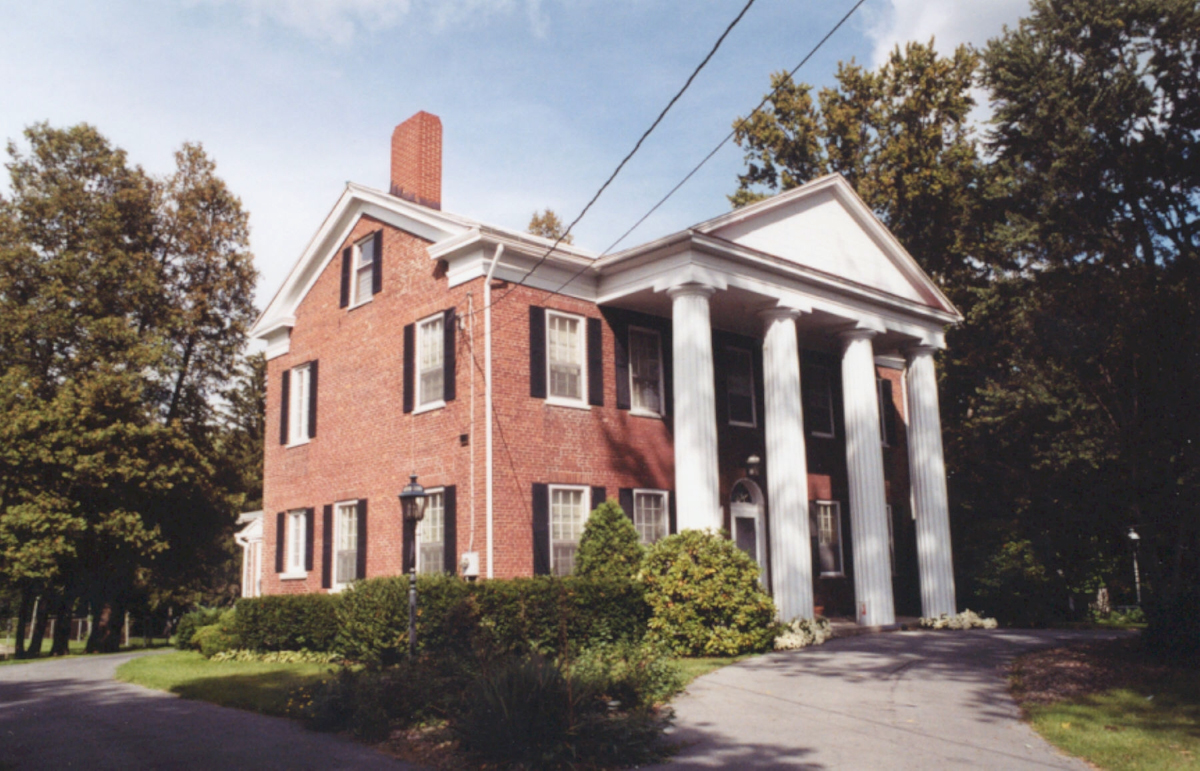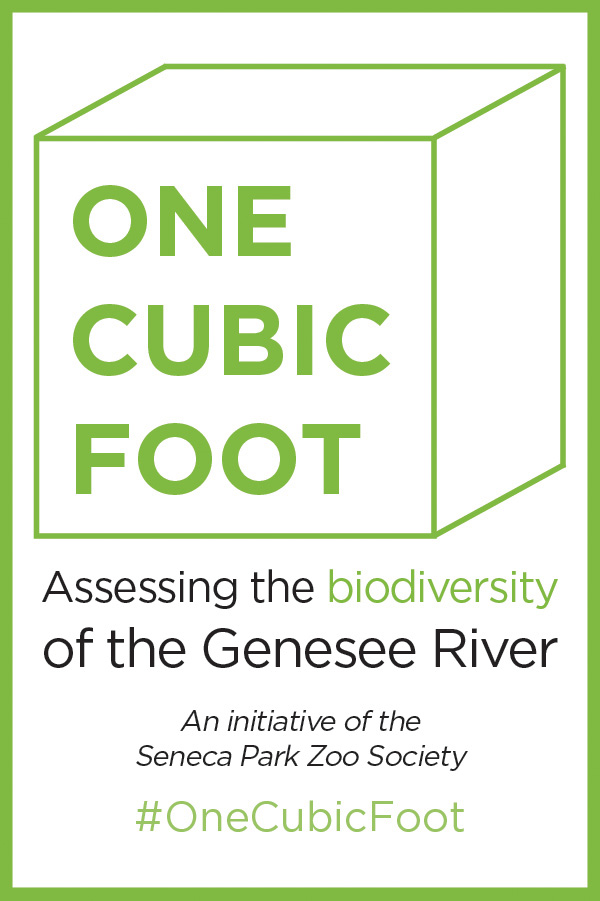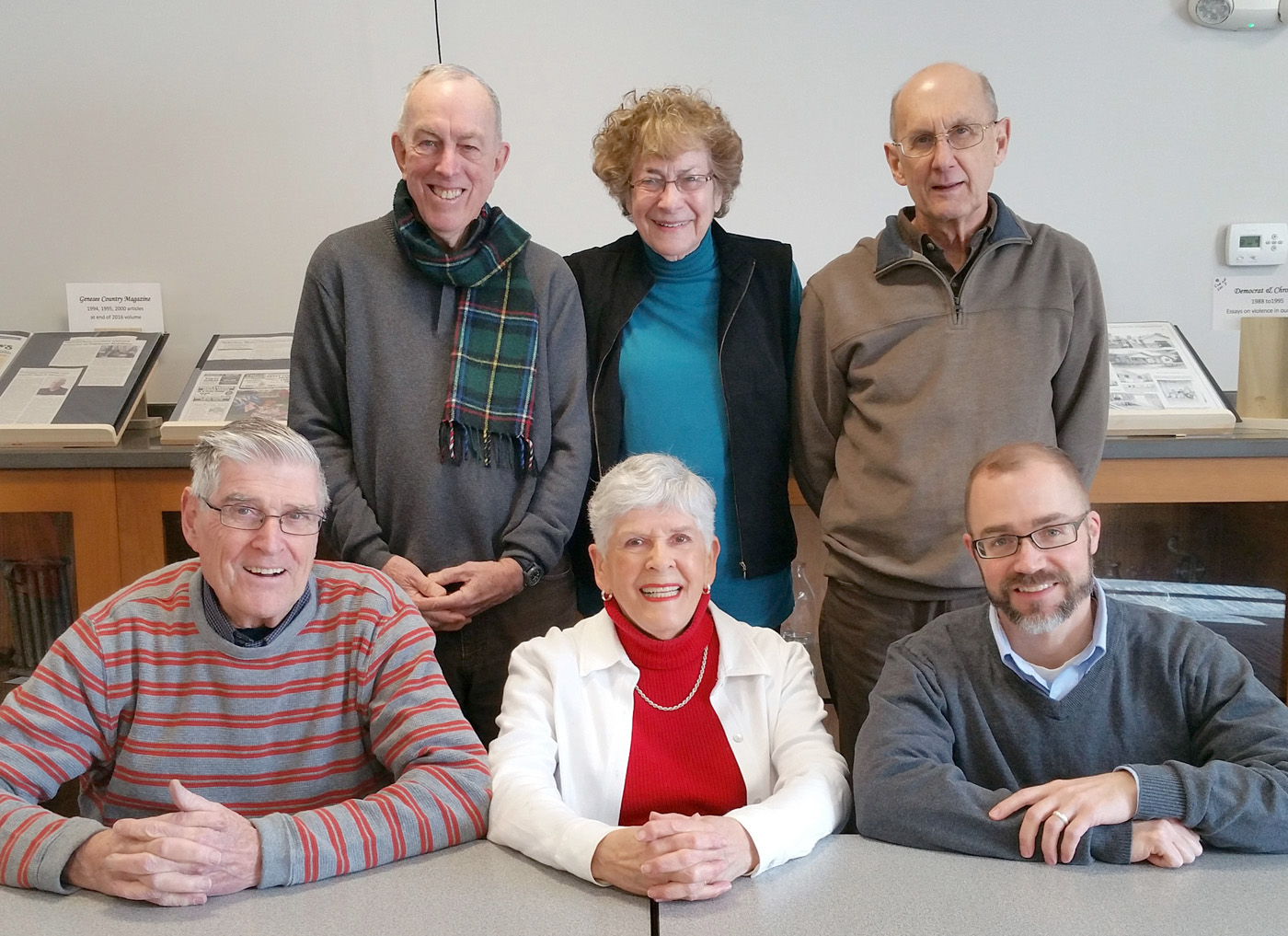A national park right in our own backyard

The Women’s Rights National Historical Park, along with
57 other national parks across the U.S., celebrate 100 years
When most people think of national parks, they think of places like Yellowstone, Yosemite, Acadia or Zion, but there is a national park just about an hour from Rochester – the Women’s Rights National Historical Park in Seneca Falls.
The park tells the story of the first Women’s Rights Convention held in Seneca Falls on July 19-20, 1848. It was created by Congress in 1980 to preserve and interpret the nationally significant historical and cultural sites and structures associated with the struggle for equal rights for women.

“The park is where women’s rights in America were born, but has been broadened to include equal rights for all,” said Kimberly Szewczyk, chief of Interpretation and Education and public information officer for the Women’s Rights National Historical Park. “We’d be remiss if we only focused on white women when the fight for equal rights applies to everyone.”
Szewczyk said what is happening in this country today surrounding the LGBTQ community is a prime example. “Forty percent of the homeless children in this country identify with the LGBTQ community and are homeless because they are afraid to tell their families or were thrown out because they did,” she said. “It’s vital to talk about the issues surrounding equality and education is our most powerful tool.”
The park consists of several buildings in Seneca Falls and nearby Waterloo, including the Hunt Home in Waterloo where the convention was planned; the M’Clintock Home in Waterloo where the Declaration of Sentiments was written; the Wesleyan Methodist Chapel in Seneca Falls where the convention was held; and the home of Elizabeth Cady Stanton in Seneca Falls.
Exhibits tell the story of struggles for civil rights, human rights and equality; global struggles that continue today. Visitors learn about the efforts of women’s rights leaders, abolitionists and other 19th century reformers and are reminded that all people must be accepted as equals.
The park will be celebrating Convention Days from Friday, July 15 through Sunday, July 17 to commemorate the Women’s Rights Convention held in 1848. The whole weekend of activities includes scavenger hunts, yoga in the park, art exhibits, tours, music, discussions, films, a luncheon, boat tours and more. A full list of events and times are available at www.nps.gov/wori.
The Women’s Rights National Historical Park is free to visit and is funded through the U.S. Department of the Interior. As a national park, it is part of the National Park Service’s centennial celebration on August 25. The celebration will include the closing of a time capsule that represents the role of women over the past 150 years and will include artwork, essays and many other items, some created by students at the Elizabeth Cady Stanton Elementary School in Seneca Falls.
The next day, August 26, the park will celebrate Women’s Equality Day, which commemorates the certification of the 19th Amendment to the Constitution granting American women the right to vote in 1920.
The foundation for the centennial events at the Women’s Rights Park and national parks across the country is “A Call to Action,” the National Park Service’s blueprint for the future that includes 39 goals and actions national parks are taking as they move into the second century.
“Most of what we’re doing here at the park is directly related to ‘A Call to Action,’ ” said Szewczyk. An example of their efforts is the Paddle with a Ranger program that gives visitors the opportunity to take guided kayak tours to increase their awareness of the natural and cultural resources right in their back yard that can easily be viewed from the water. Another example is the ARTS AFIRE! programs that showcase the park through dance, music, visual arts, writing and social media.
Children visiting the park will have plenty to do, including earning a badge in the Junior Ranger program, dressing up in period clothing and exploring the Underground Railroad.
“We recently had 70 Girl Scouts spend the night and participate in a 10-hour program to earn their Park Service patch,” said Szewczyk. “We teach young visitors that they have a very large voice and can vote with their choices as consumers and how they spend their money. It’s important for them to know that even though women make less money than men, they pay an average of 42 percent more for items marked to women.”
Many of the visitors to the Women’s Rights National Historical Park are from around the country and around the world, but not as many from around the state. “We have a national and international audience, the bulk of which follows us virtually through social media and Skype,” said Szewczyk. “We also want to encourage local people to discover the park that’s right in their own backyard. It’s an extremely special place.”
Other National Historical Parks
to discover in New York
Saratoga: Located in Stillwater, this is where American forces met, defeated and forced a major British army to surrender in the autumn of 1777.
Ellis Island and the Statue of Liberty: Where 12 million immigrants passed from 1892 to 1954 seeking the opportunity to attain the American dream for themselves and their descendants.
For more, visit: www.nps.gov/state/ny/index.htm




